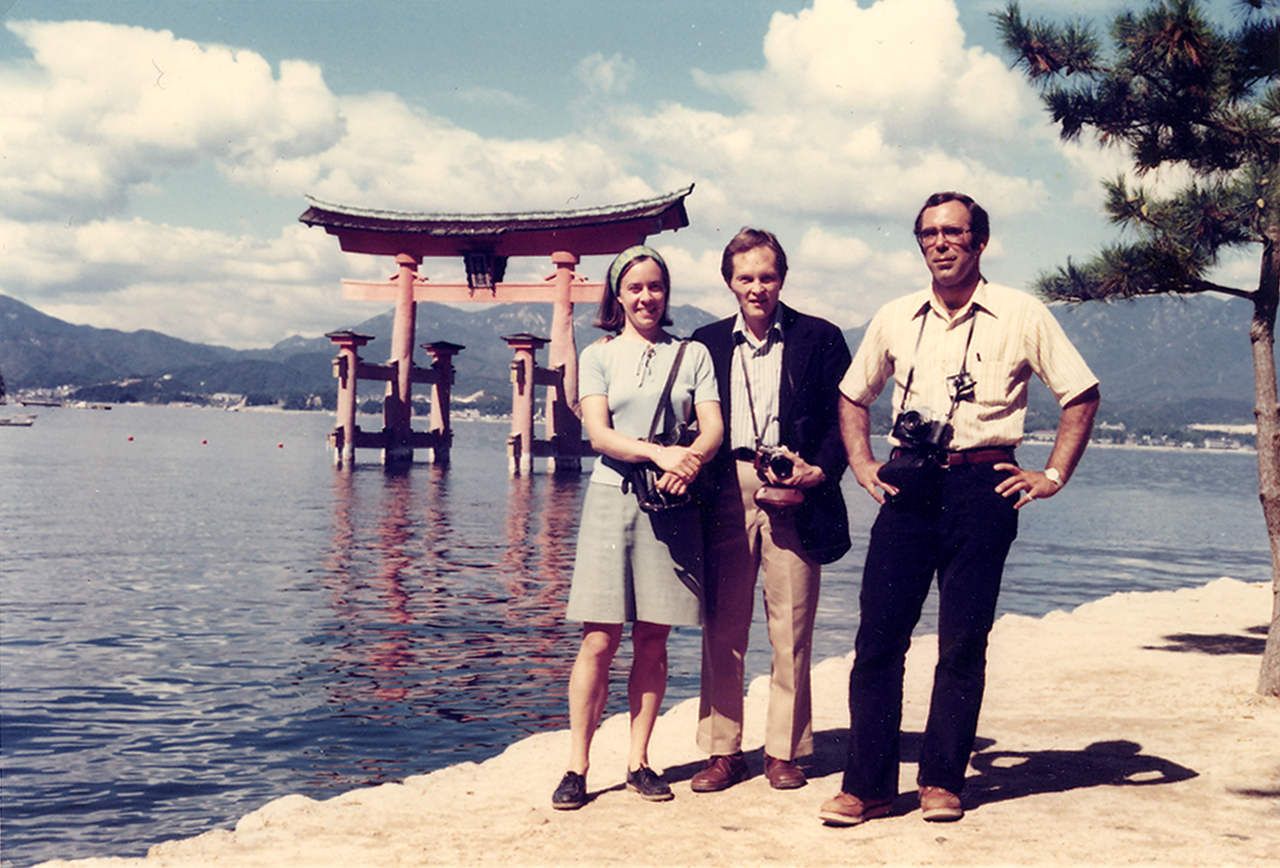

They visited the Hokkaido branch of the Government Forest Experiment Station. Vanderbilt University graduate Jun-ichiro Samejima was their host. In the adjacent forests they collected Japanese maple (Acer palmatum) and Mongolian oak (Quercus mongolica).
Spongberg and Weaver visited the 4940 acre (2,000 ha) Nopporo Shinrin Kōen Prefectural Natural Park. Along with woody plant species, they also found several genera of orchids and a number of ferns.
Then they traveled to the summit of Mount Moiwa, via the ropeway cable car. On this volcanically active mountain, Arboretum founding director Charles Sprague Sargent collected plants nearly a century before. This time, Spongberg and Weaver collected 25 taxa.
“For the most part the Japan we saw is often beautiful, but seldom spectacular. However, the view after we left the [cable] car and walked over a small rise was breathtaking. The peaks themselves [of Mount Moiwa] set the backdrop, with the steam from the fumaroles near their base rising eerily to blend with the fog above.”
Richard Weaver, Arnoldia
After traveling from Sapporo to Urakawa they climbed Mount Apoi, which Weaver described as “a remarkable mountain, slightly more than 800 meters high, but with an alpine zone and several endemic endemic:Belonging or native to a particular people or country : not introduced or naturalized. plants at its summit.” The mountain and surrounding area became a UNESCO (United Nations Educational, Scientific and Cultural Organization) Global Geopark in 2015.
Akio Kurahashi hosted Spongberg and Weaver at Tokyo University Forest in Hokkaido. They collected in the alpine zones of Daisetzu-san National Park. After descending, they continued to Asahikawa, second-largest city of Hokkaido.
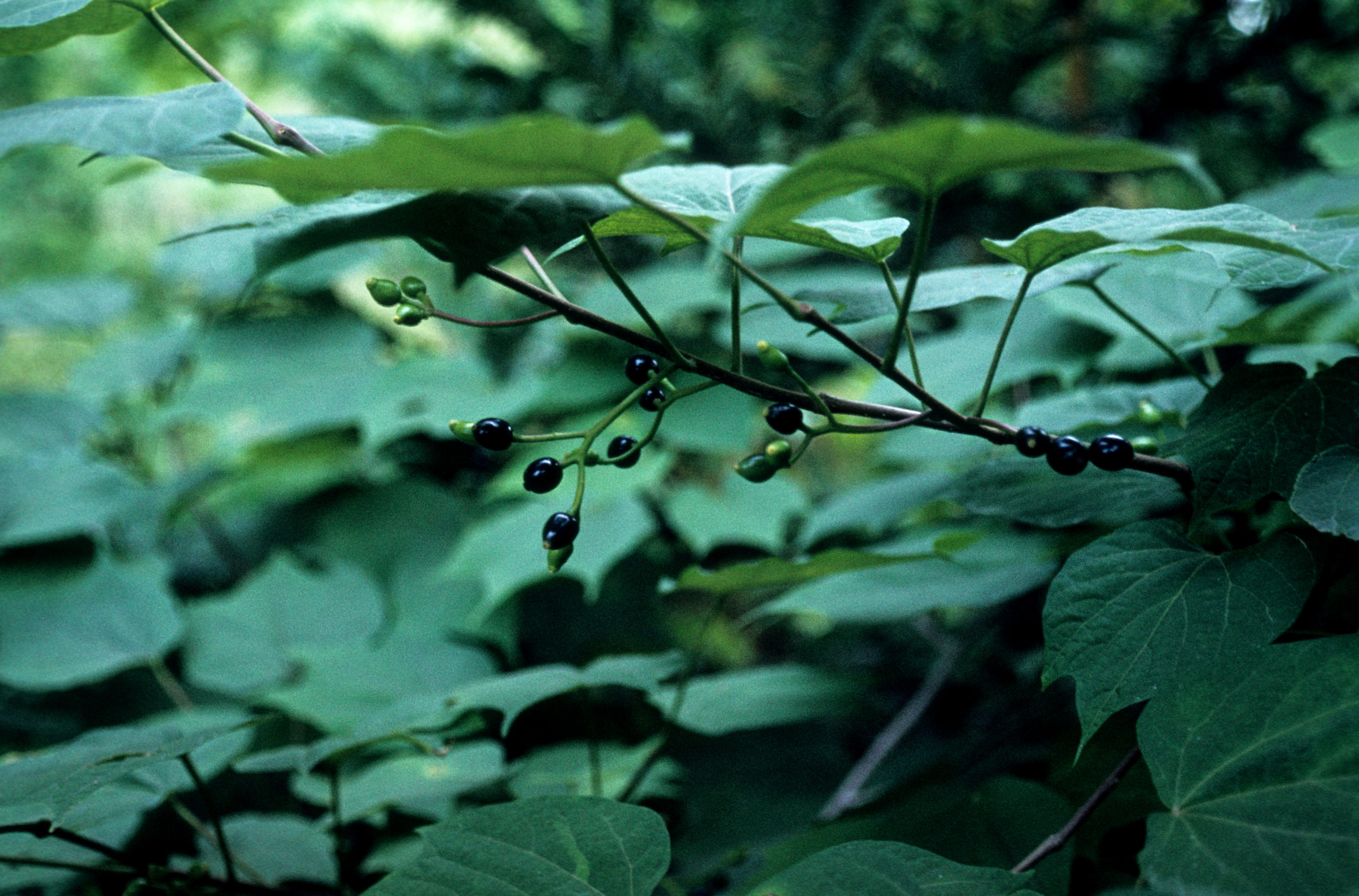
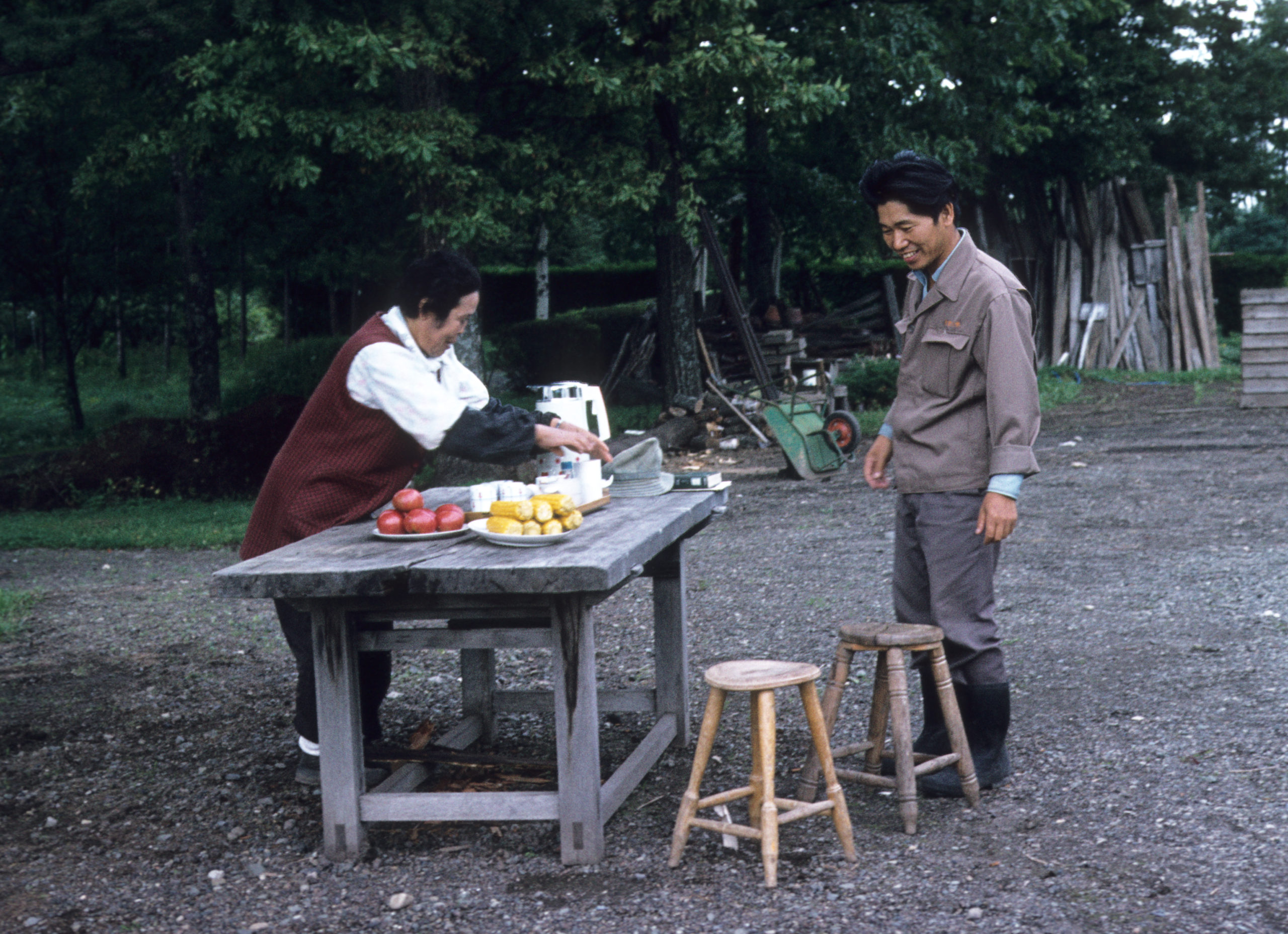



September 11-17
Spongberg and Weaver’s second week was filled with botanizing in mountainous areas. It began with travel from Asahikawa to Hakodate, Hokkaido. There Katsuhiko Kondo accompanied Weaver to the peak of Mount Hakodate.
The group then traveled to Honshu, the largest island of Japan, where they were hosted by Kankichi Sohma and Masamichi Takahashi of Tohoku University. The group climbed Mount Hakkoda in Aomori Prefecture, where there was alpine flora much like Mount Daisetzu. They encountered many specimens of dwarf plants there as well, including a dwarf form of witch hazel (Hamamelis japonica).

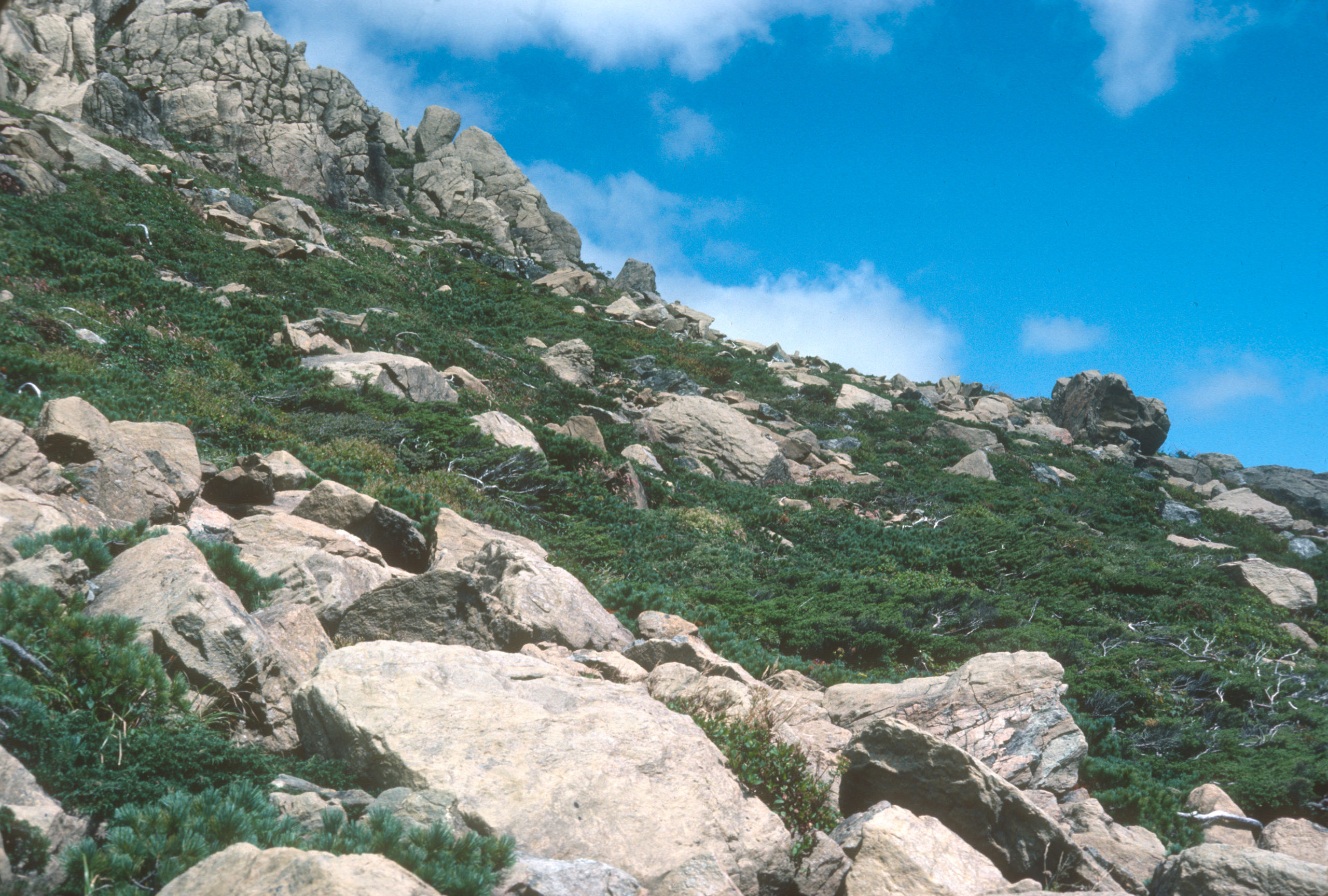
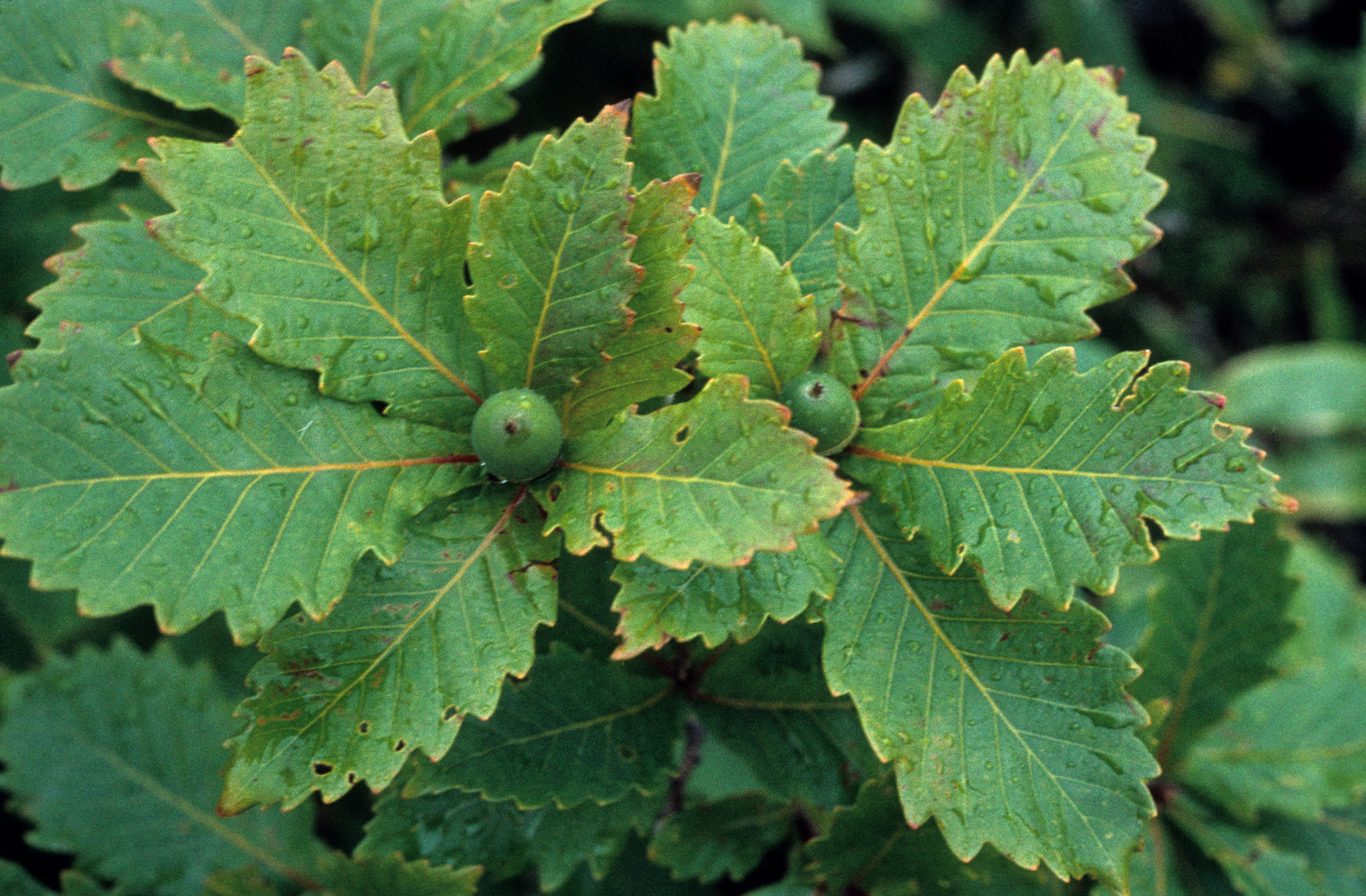
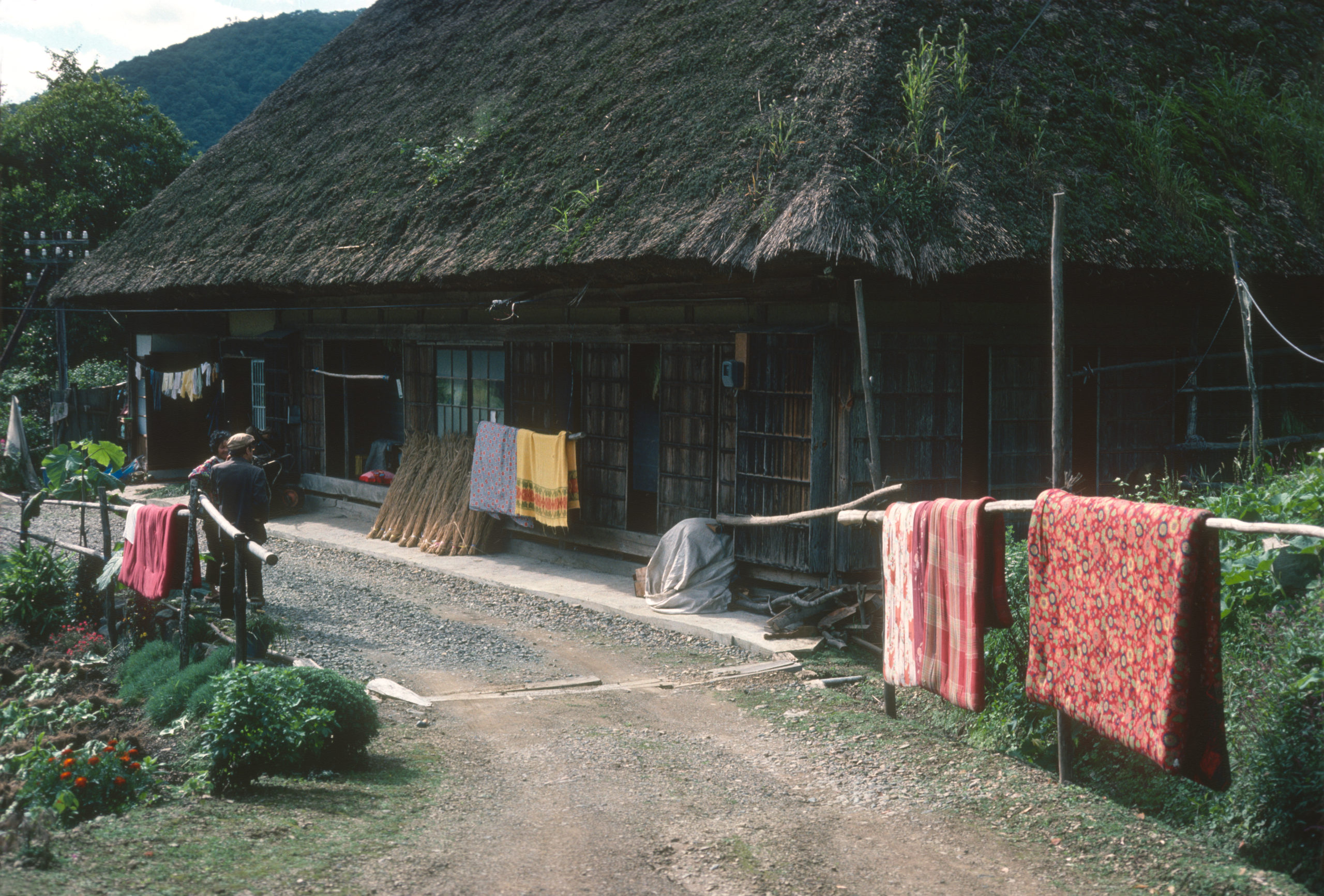

September 18-24
At the start of their third week in Japan, Weaver and Spongberg collected at Tsuta Hot Springs on the lower slopes of Mount Hakkoda. They proceeded to Lake Towada where they collected 35 taxa, including jolcham oak (Quercus serrata), linden arrowwood (Viburnum dilatatum), and Japanese wisteria (Wisteria floribunda).
The expedition then spent next the several days in Sendai, hosted by Kankichi Sohma. They visited the Tohoku University Botanic Garden to see their living collections. Having had a brief glimpse of the rich flora of Nikko National Park at the beginning of their expedition, the team returned this week to botanize. Collections included Japanese stewartia (Stewartia pseudocamellia) and willow-leafed magnolia (Magnolia salicifolia).


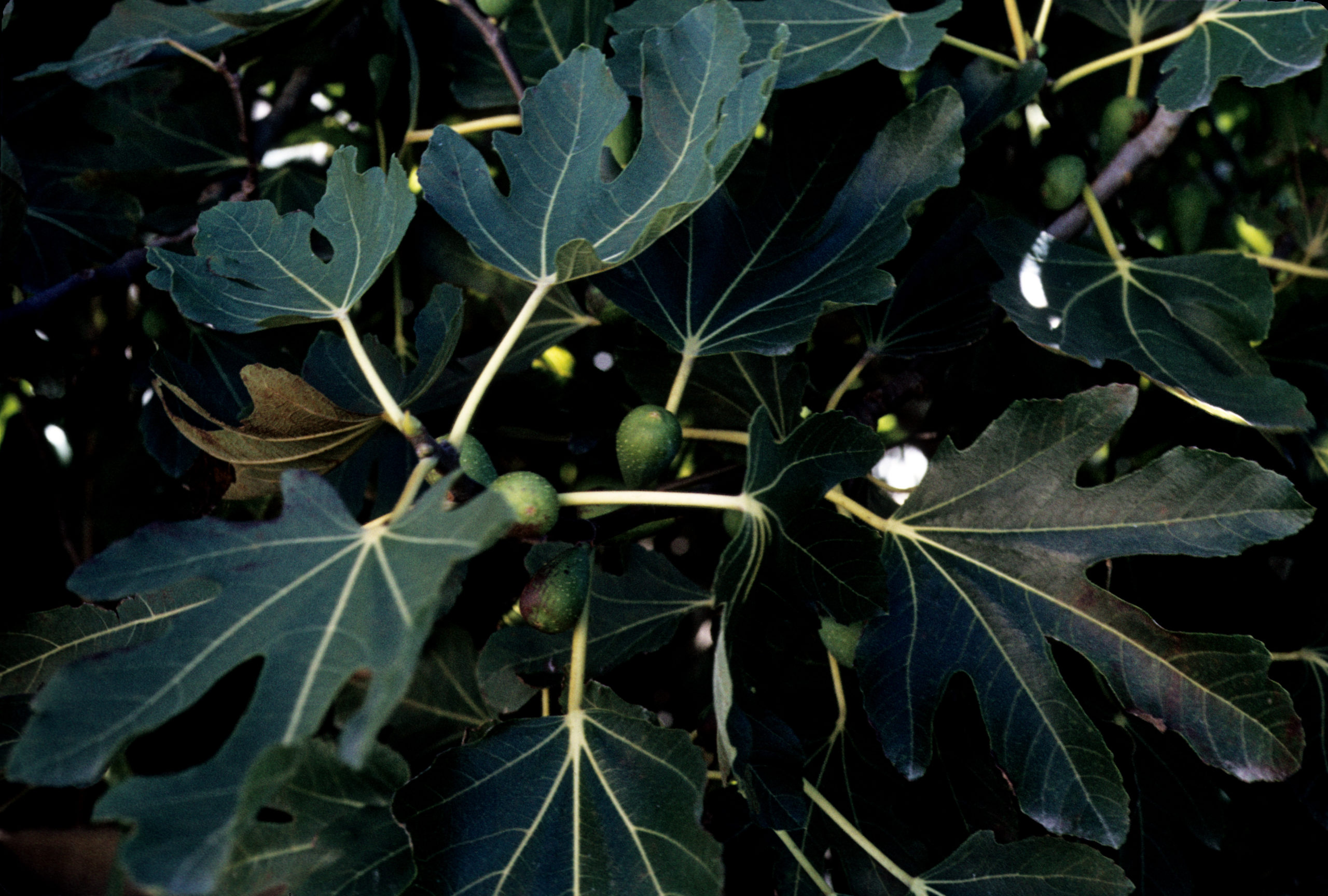
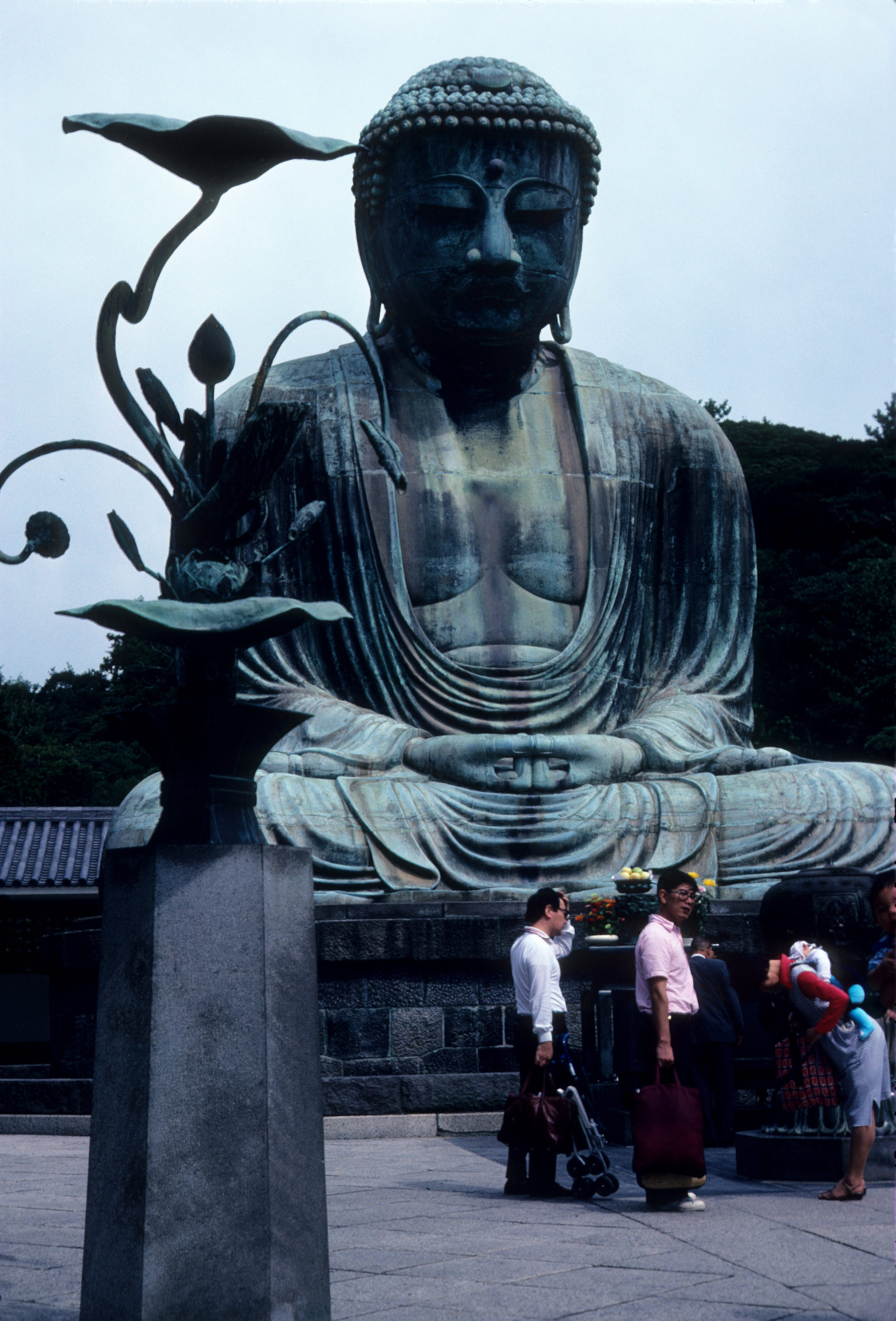
“While we were not anxious to leave Japan,…we were nonetheless expectant and excited to be headed for the Asiatic mainland. We also were particularly anxious to be able to make comparisons between the Japanese and Korean floras and to learn more of the plants of the Korean peninsula.”
Stephen Spongberg, Arnoldia
September 25 to October 1
In their last week in Japan, Spongberg and Weaver took some time to catch their breath and enjoy some of the rich cultural heritage of the country. Traveling from Sendai to Tokyo, they reunited with Katsuhiko Kondo.
The party then proceeded to Nagoya Botanical Garden and visited a chrysanthemum show at Nagoya Castle. A visit to Kyoto followed to see some of the palaces, temples and gardens of this historic city. After a day of sightseeing on Miyajima Island, Spongberg and Weaver traveled by train from Hiroshima to Fukuoka.
On October 1, the team flew from Fukuoka to Seoul, South Korea for the second leg of their journey.
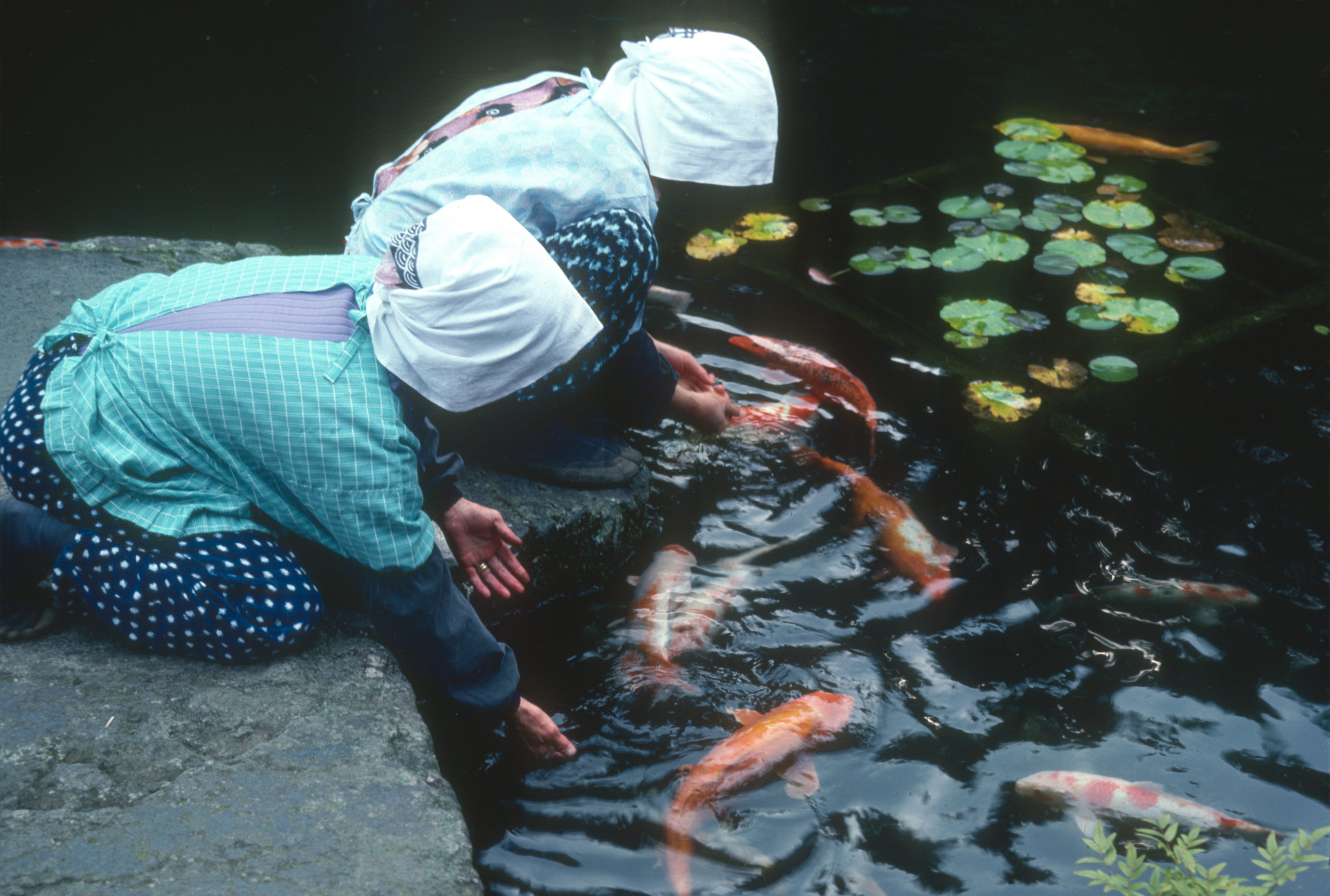
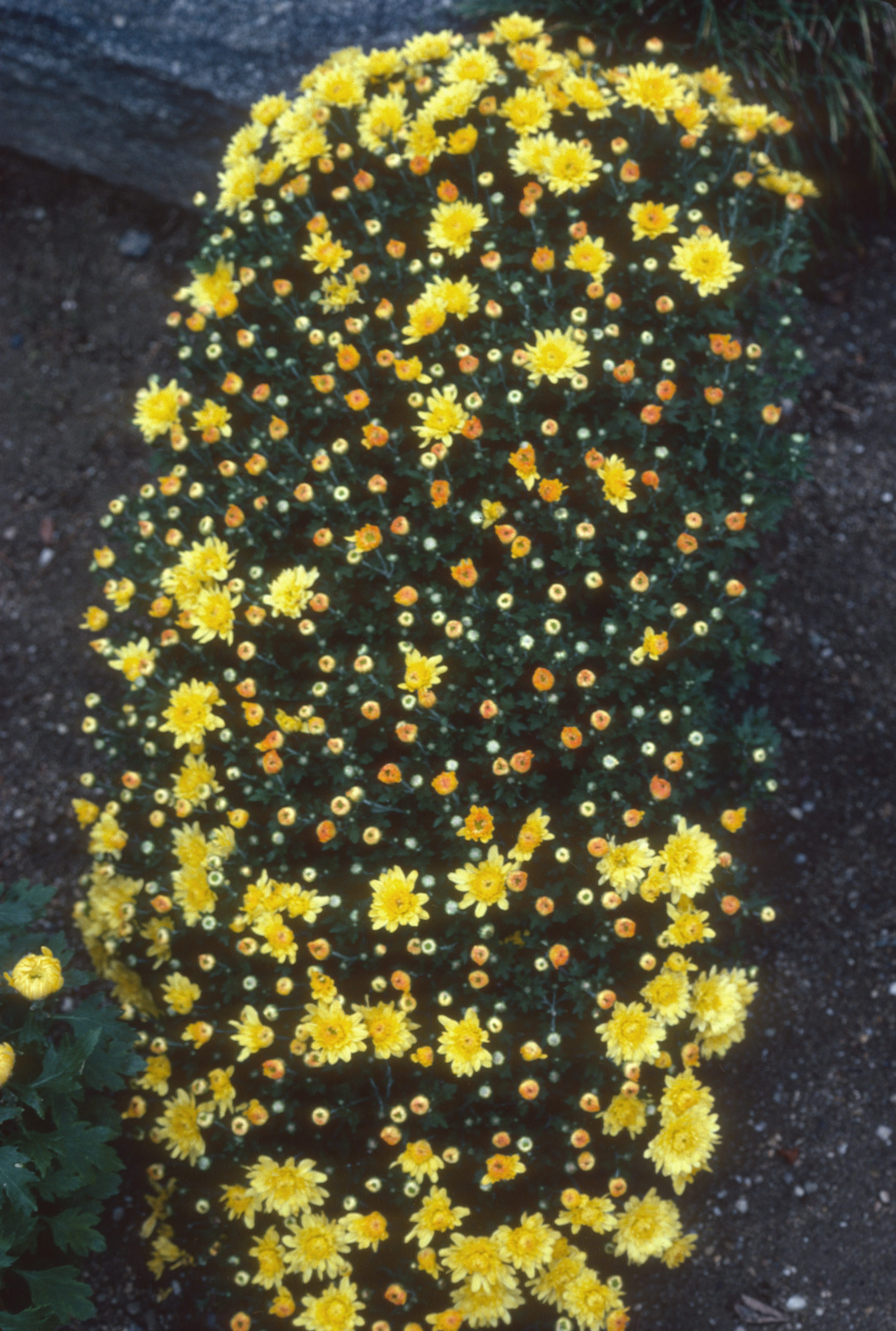


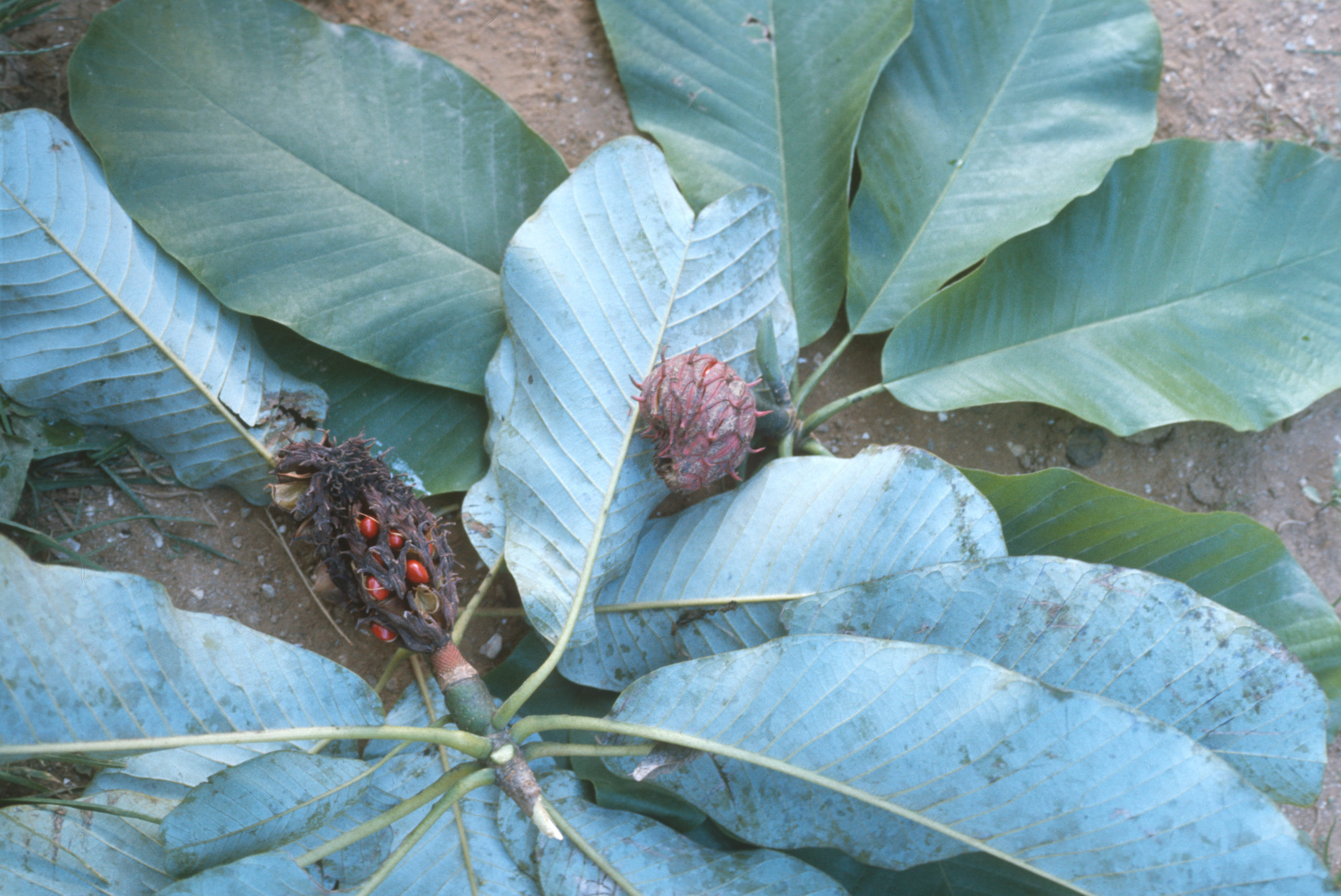
October 2 to 8
“With hot summers and very cold winters, plants growing in Korea are adapted to a continental climate, and we were anxious to collect seeds of species hardy in Korea for trial at the Arnold Arboretum.”
Stephen Spongberg, Arnoldia
Upon their arrival in Korea, Spongberg and Weaver were hosted by Carl Ferris Miller at the Chollipo Arboretum in Taean-gun, South Chungcheong Province on the central western coast of the country. Recently Spongberg recalled Miller, “He was truly a remarkable man. He was a genius of sorts without a doubt, obviously a man who had made a lot of money [in banking], and was very generous with his wherewithal and his time, and anyone with an interest in plants found a kindred soul in Ferris, as he preferred to be called.”

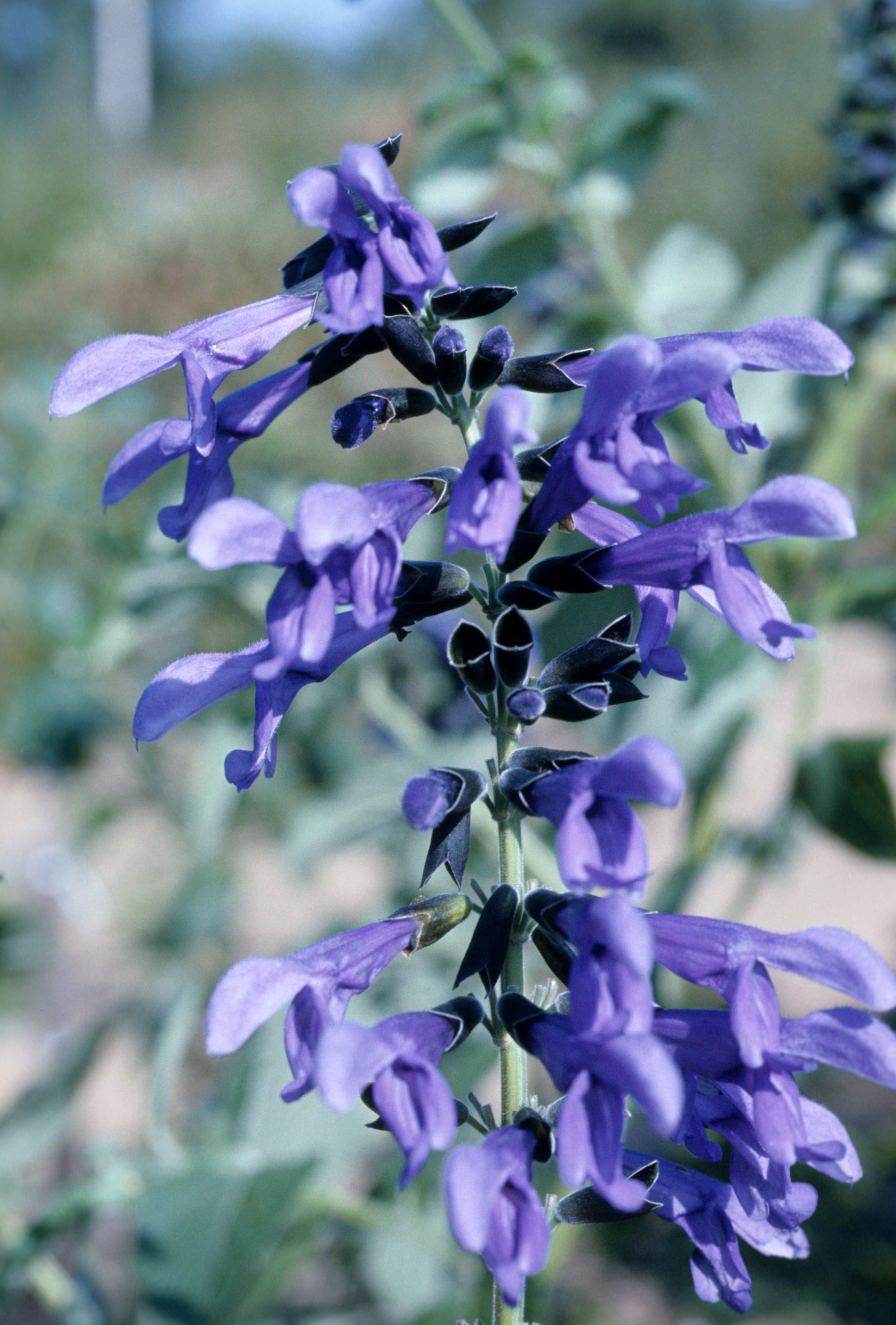


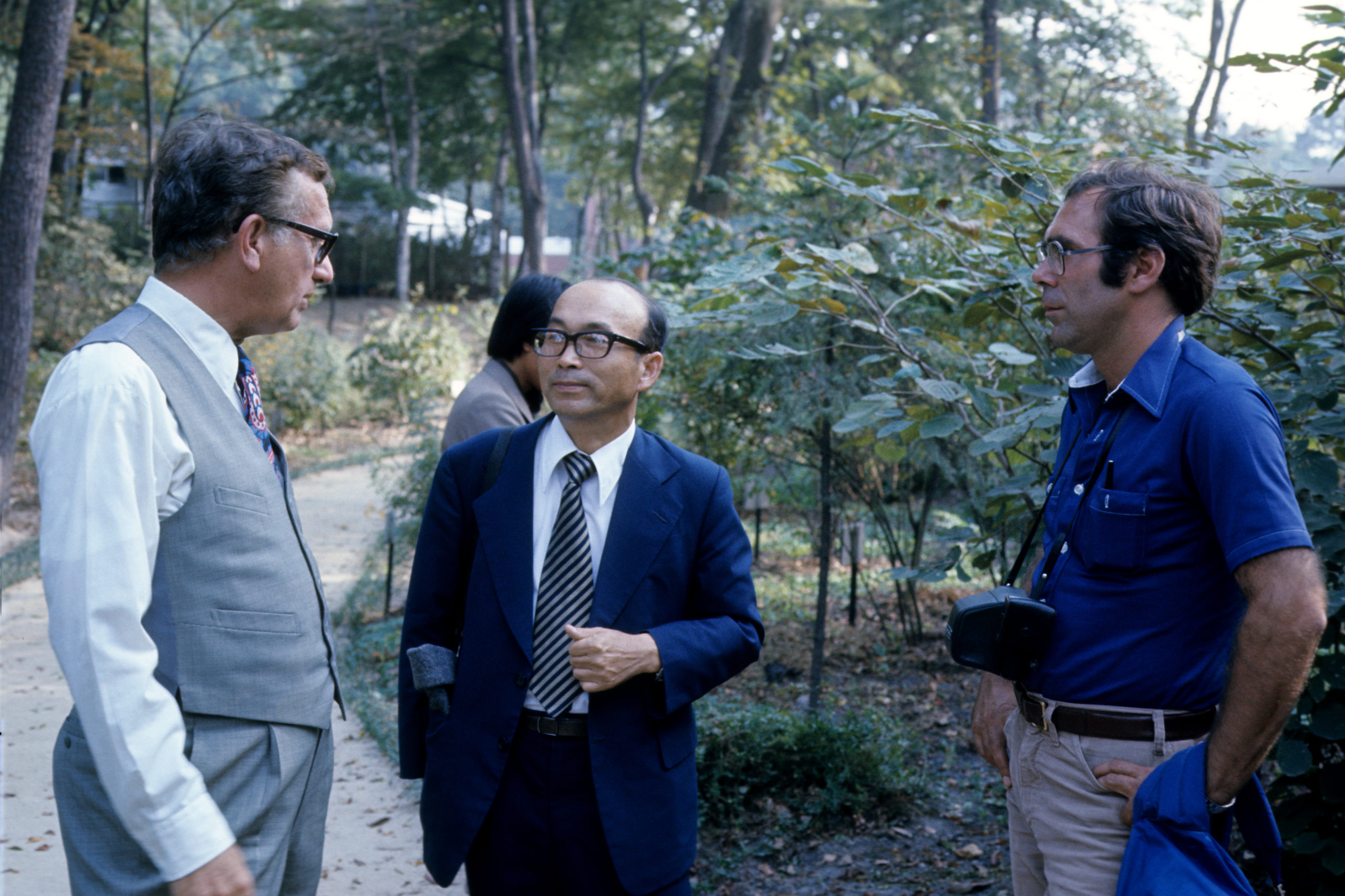
Collections made at Chollipo included Korean hornbeam (Carpinus coreana) and thorn-elm (Hemiptelea davidii).
The team returned to Seoul and visited the Forest Research Institute (now the National Institute of Forest Science). They made a number of collections, including seed of the Chinese parasol tree (Firmiana simplex).
The expedition departed from Seoul and traveled to Seoraksan National Park, Gangwon Province, an area noted for its biological diversity. They stopped en route and made collections of the three-flowered maple (Acer triflorum), Sargent’s viburnum (Viburnum sargentii), and other taxa.
Spongberg and Weaver also collected on Gyebangsan at Unduryeong-ro Pass between Soksa-ri and Changchon-ri, also in Gangwon Province.
“Because of the varied topography, exposures, and soil types, [Chollipo] is ideally suited to development as an arboretum, and its location near the Yellow Sea has the added advantages of the moderating influences of the sea in extending the growing season as well as providing occasional fogs and mists and tempering the extremes of day- and night-time temperatures … Chollipo Arboretum will soon be among the foremost Temperate Zone arboreta in the world.”
Stephen Spongberg, Arnoldia
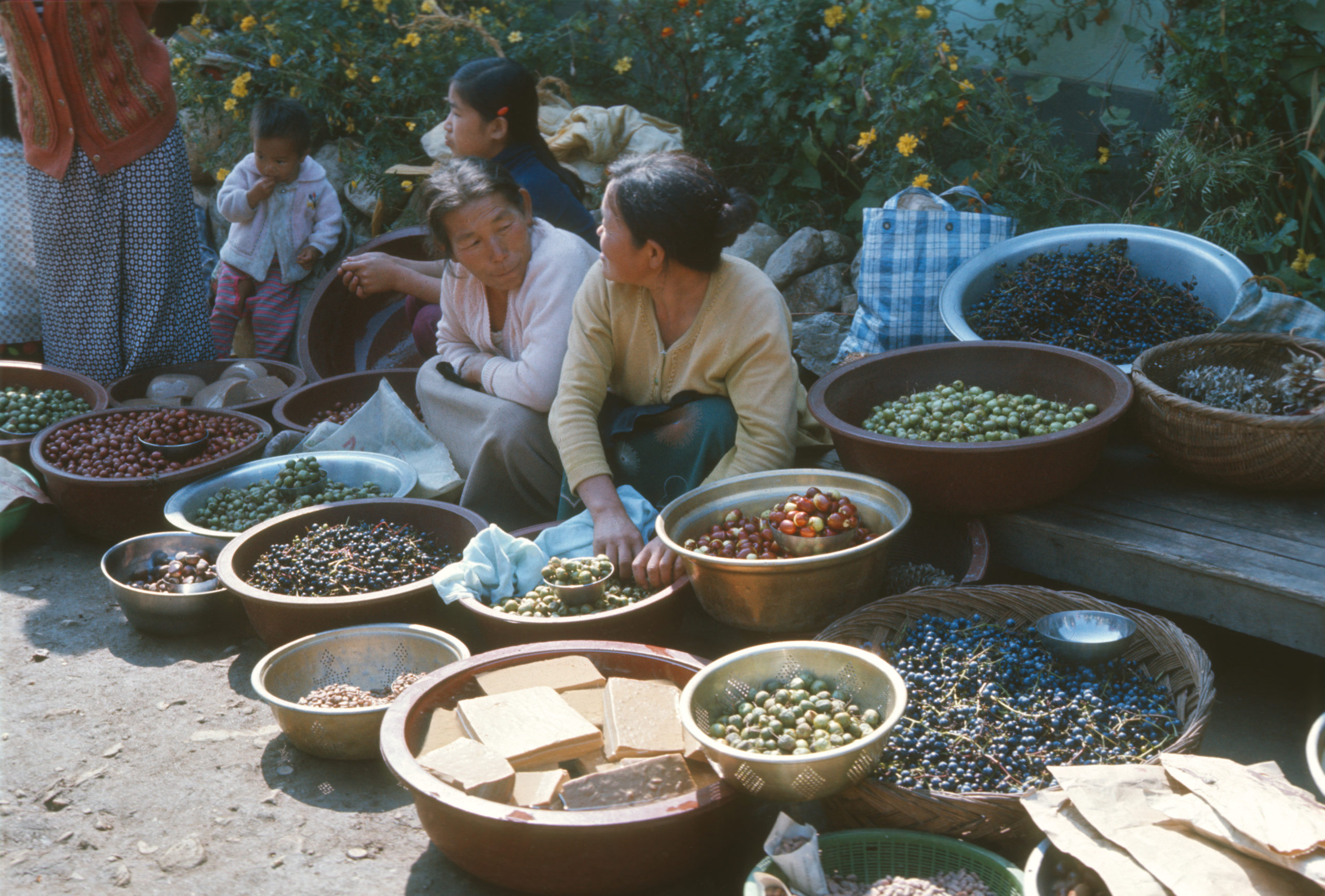
October 9 to 14
Spongberg and Weaver traveled to the temple at Yongmunsan, Gyeonggi Province to view the giant maidenhair tree (Ginkgo biloba). They hiked the area and collected seed from the tallow tree (Neoshirakia japonica) along trail.
From Seoul they traveled to the Seonam Temple near Suncheon in South Jeolla Province, stopping along the way at the Forest Research Station at Jeonju in North Jeolla Province. They stayed two nights at an inn on the grounds of Seonam Temple, where they collected Aka-shide hornbeam (Carpinus laxiflora), two species of hackberry (Celtis), Asian spicebush (Lindera glauca), Korean rhododendron (Rhododendron mucronulatum) and two varieties of Viburnum.
During this last portion of their trip, Spongberg and Weaver botanized at Mudeungsan (now the Mudeungsan National Park), a mountainous area near the city of Gwangju, South Jeolla Province.
After bidding farewell to their hosts, the expedition participants parted ways and returned to Boston via Seoul.
Back in Boston
| Seedlings from Japan-Korea Expedition. Stephen Spongberg and Richard Weaver with Arboretum propagator John “Jack” Alexander (top row). Seedlings growing in trays in the Dana Greenhouse of the Arnold Arboretum (bottom row). Steven Spongberg, 1978. |
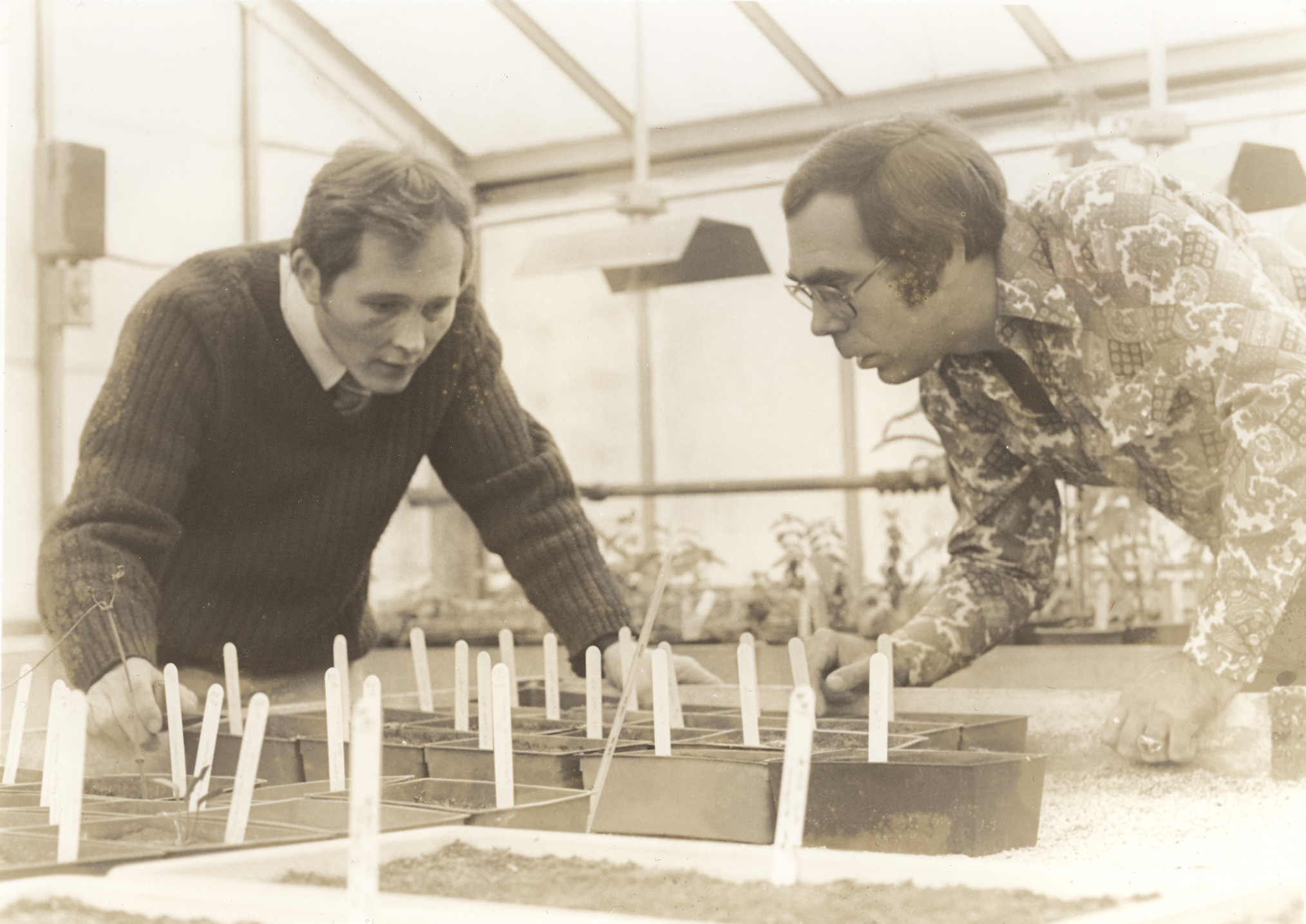
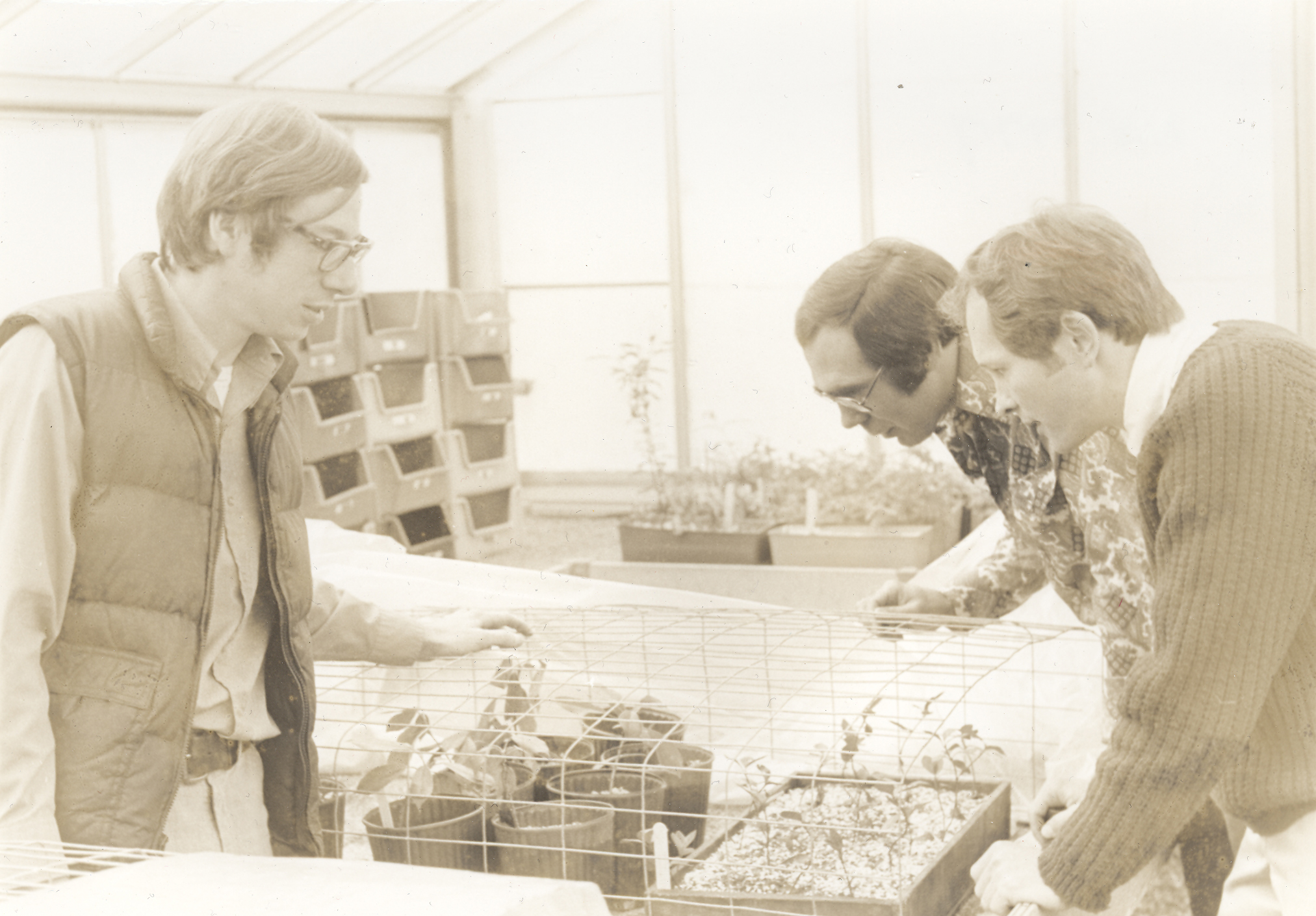
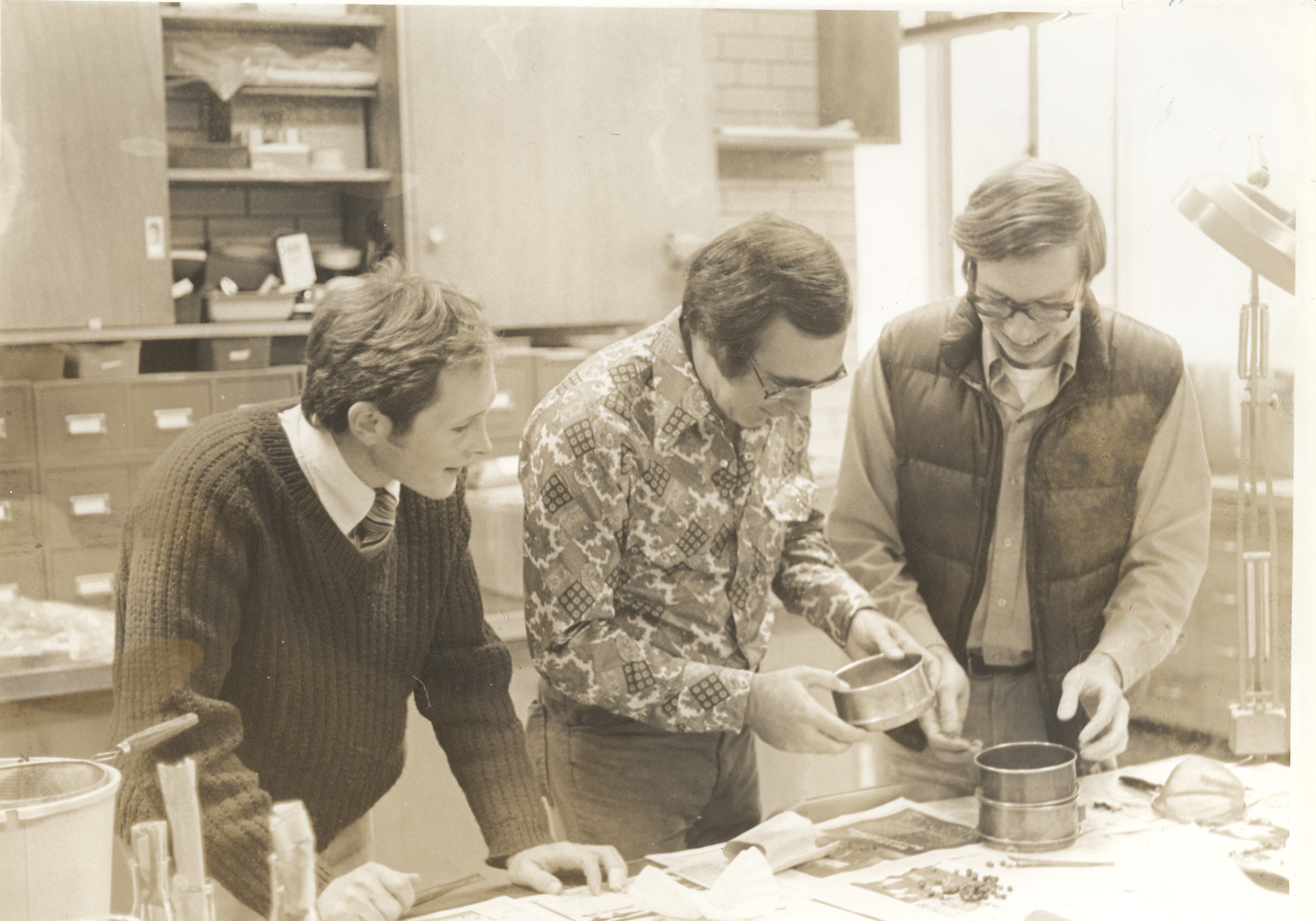
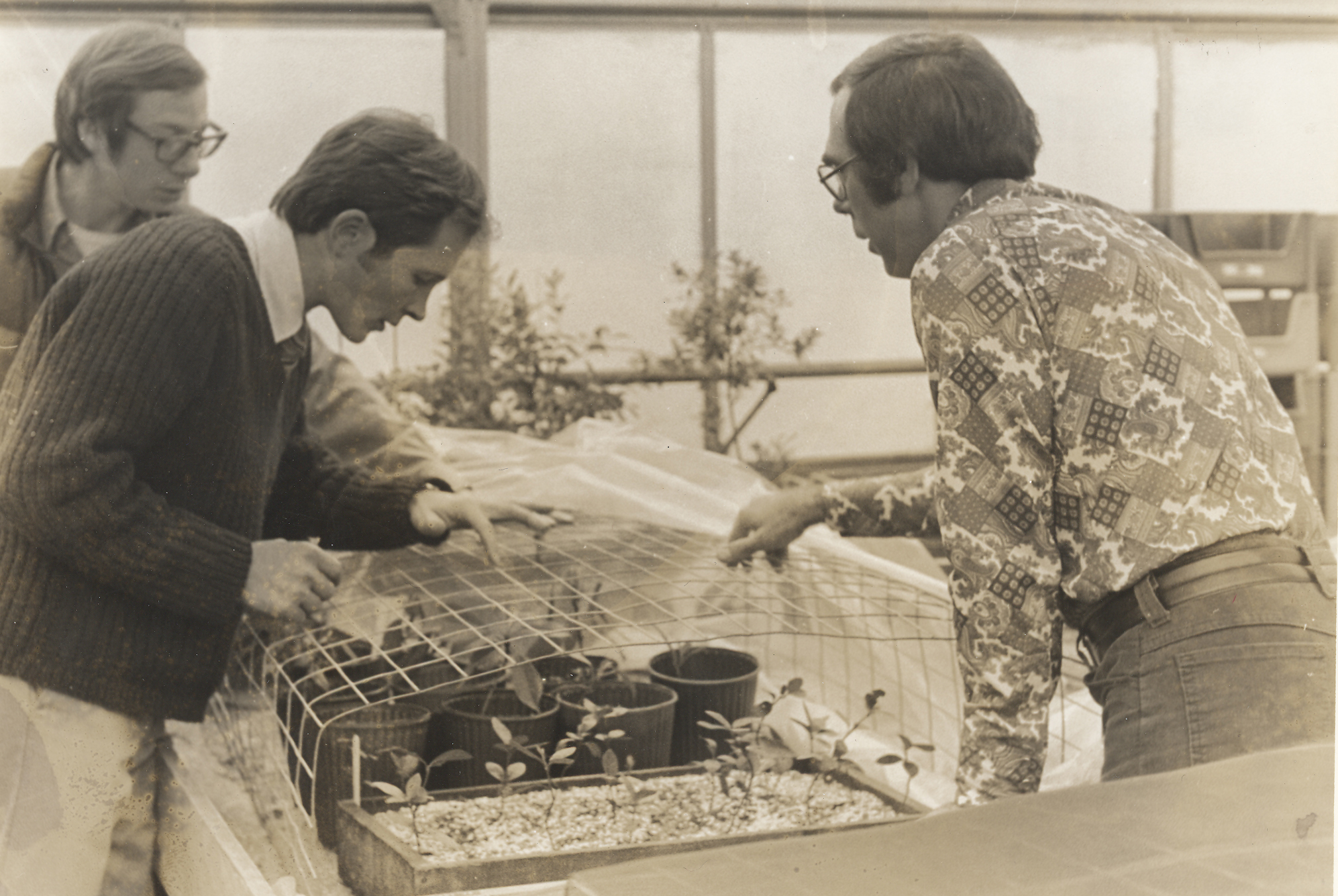


Dig Deeper
Spongberg, S. and Weaver, R. Collecting Expedition to Japan and Korea. Arnoldia, 38(1): 28-31.
Weaver, R. Japanese Journal. Arnoldia, 38(3): 83-101.
Spongberg, S. Korean Adventure. Arnoldia, 38(4): 133-153.
